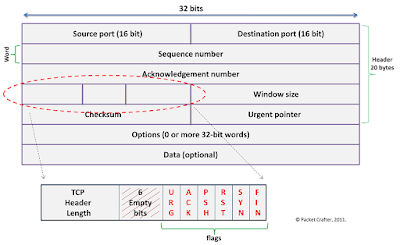TCP Flags
- Feb 3, 2023
- 1 min read
Updated: Jan 19

What is TCP Flag?
Each TCP Flag is a 1-bit field in the TCP header that indicates the type of control information being conveyed in a TCP segment.
In TCP communication, flags are used to indicate certain conditions or control the flow of data. The various flags used in TCP are used in combination to control the flow of data and to ensure reliable and efficient communication over the network.
Some of the most common flags used in TCP are SYN (Synchronize), ACK (Acknowledgment), FIN (Finish), RST (Reset), PSH (Push), and URG (Urgent). Each of these flags has a specific meaning and is used in different stages of the TCP communication process.
TCP FLGAS
Some common flags used in TCP communication are:Some common flags used in TCP communication are:
SYN (Synchronize): This flag is used to initiate a TCP connection and synchronize sequence numbers between the sender and the receiver.
ACK (Acknowledgment): This flag is used to acknowledge the receipt of data and to advance the receiving side's sequence number.
FIN (Finish): This flag is used to close a TCP connection.
RST (Reset):This flag is used to reset a connection in case of an error or when the connection is no longer needed.
PSH (Push): This flag is used to push data to the receiving application as soon as possible, without buffering it.
URG (Urgent): This flag is used to indicate that the data in a segment is urgent and should be processed immediately by the receiving application.





Comments